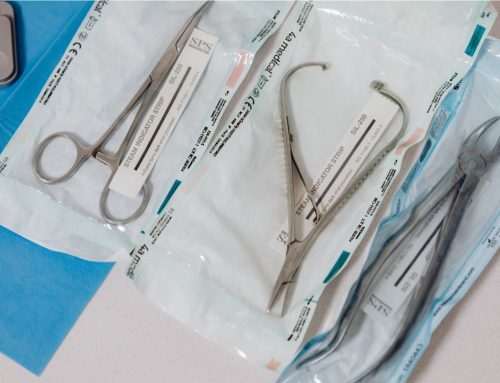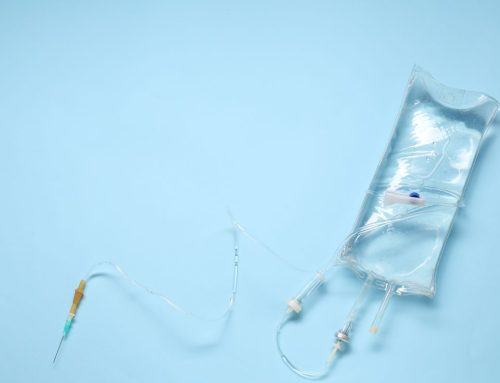When it comes to medical devices, regulatory compliance is of utmost importance. Using reliable and safe materials is crucial in ensuring medical devices meet the necessary standards and regulations. Rubber components play a vital role in achieving regulatory compliance in medical devices. Discover how rubber medical components contribute to meeting regulatory requirements, ensuring patient safety, and enhancing the overall quality of medical devices.
1. Biocompatibility and Medical-Grade Standards
Rubber components used in medical devices are subject to stringent regulations and standards to ensure biocompatibility. Biocompatibility is the ability of a material to perform its intended function within a living organism without causing adverse effects. Rubber materials used in medical devices must comply with specific medical-grade standards, such as ISO 10993, which assesses the biological safety of ingredients.
Rubber components undergo extensive testing to evaluate their compatibility with human tissue and body fluids. These tests include cytotoxicity, sensitization, and irritation assessments. Medical device manufacturers can develop safe products for patients and minimize the risk of adverse reactions by using high-quality rubber components that meet these standards.
2. Sterilization Compatibility
Sterilization is a critical step in the manufacturing process of medical devices to eliminate microorganisms and ensure aseptic conditions. Rubber components used in the devices must be compatible with various sterilization methods, such as steam autoclaving, ethylene oxide (EtO) sterilization, gamma irradiation, and hydrogen peroxide gas plasma sterilization.
Materials that can withstand the harsh conditions of sterilization processes without compromising their structural integrity or performance are essential. By using rubber components explicitly designed for the healthcare industry, manufacturers ensure that the products maintain functionality and safety throughout sterilization.
3. Chemical Resistance and Compatibility
Medical devices often come into contact with various chemicals, including disinfectants, cleaning agents, and medications. All components used in medical equipment must possess excellent chemical resistance and compatibility to resist exposure to these substances. They should not degrade, leach harmful substances, or adversely react with chemicals commonly used in medical settings.
By utilizing rubber components with superior chemical resistance and compatibility, companies can guarantee that their products maintain integrity and performance even when exposed to harsh chemicals. This helps meet regulatory requirements and ensures the safety and reliability of the medical devices.
4. Environmental Considerations
Regulatory compliance also includes adhering to FDA and EPA environmental regulations, which are crucial to ensure eco-friendly manufacturing practices. Compliance prevents pollution, reduces waste, and promotes sustainability. Rubber components that meet these environmental regulations contribute to the overall compliance of medical devices.
Medical device manufacturers can demonstrate their commitment to sustainability and responsible manufacturing practices by using components made from materials compliant with environmental regulations. This not only helps in meeting regulatory requirements but also appeals to environmentally conscious customers.
5. Quality Control and Traceability
To meet regulatory compliance, medical device manufacturers must have robust quality control systems in place. Rubber component suppliers should adhere to strict quality control measures to ensure consistent product quality. This includes comprehensive testing, inspection, and documentation of the manufacturing process.
Additionally, traceability is an essential aspect of regulatory compliance. Medical device manufacturers must have visibility into the supply chain of their rubber components, including raw material sourcing and manufacturing processes. This enables them to provide the necessary documentation, certificates of compliance, and product information to regulatory authorities.
Playing a Vital Role
Medical device manufacturers can ensure their product safety, efficacy, and quality by utilizing rubber materials that meet biocompatibility standards, exhibit sterilization compatibility, demonstrate chemical resistance and compatibility, and comply with environmental regulations. They safeguard patient health by adhering to stringent regulatory requirements, while also helping manufacturers build trust with customers and regulatory authorities.
Working with certified rubber component suppliers and implementing robust quality control measures allows medical device manufacturers to navigate the healthcare industry’s complex regulatory compliance landscape confidently.
At Midwest Rubber Company, we specialize in ensuring your medical device manufacturing requirements are met with high-quality procedures to enhance regulatory compliance. Contact us today to learn how we can help you improve your industry compliance.



